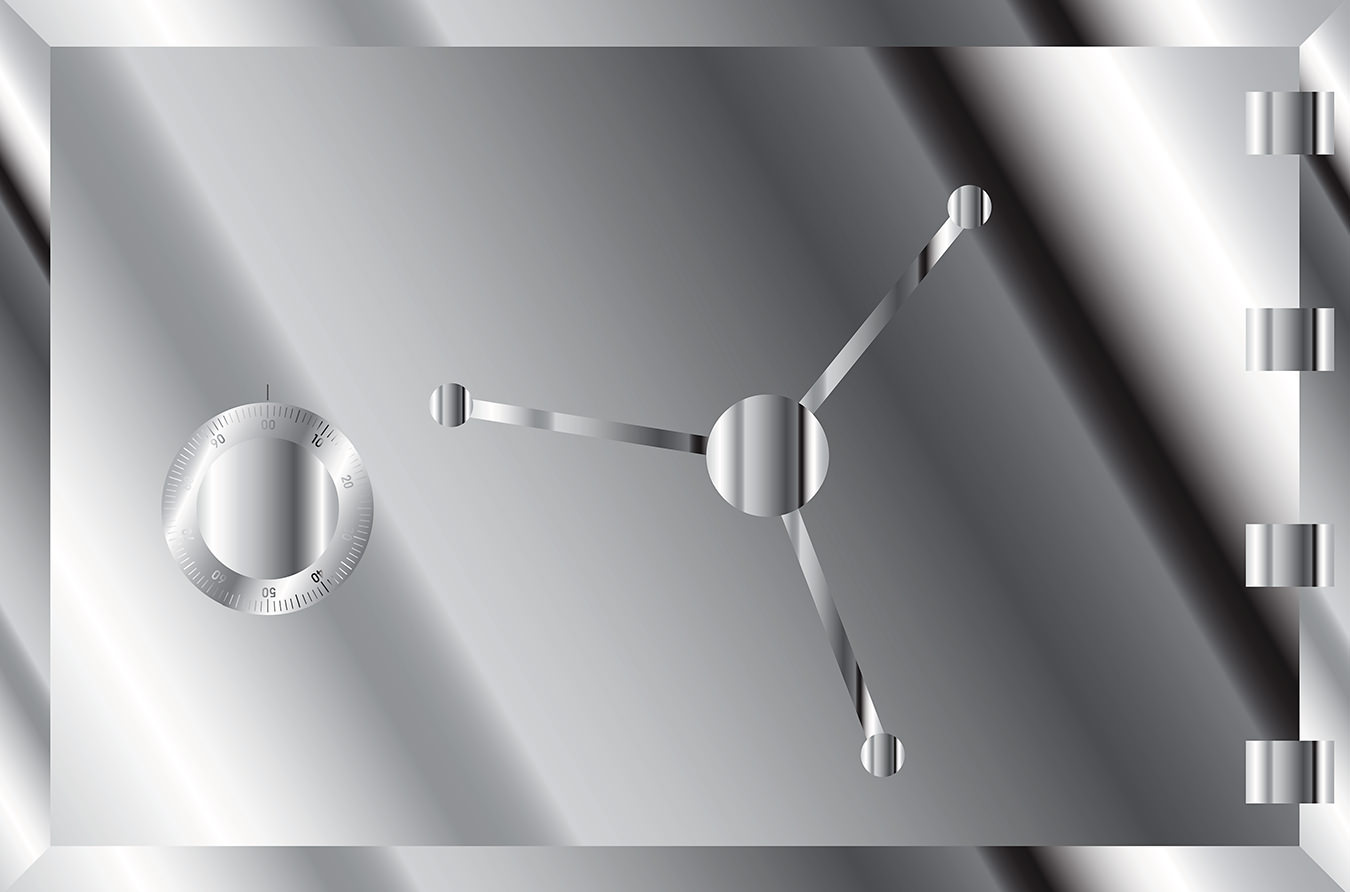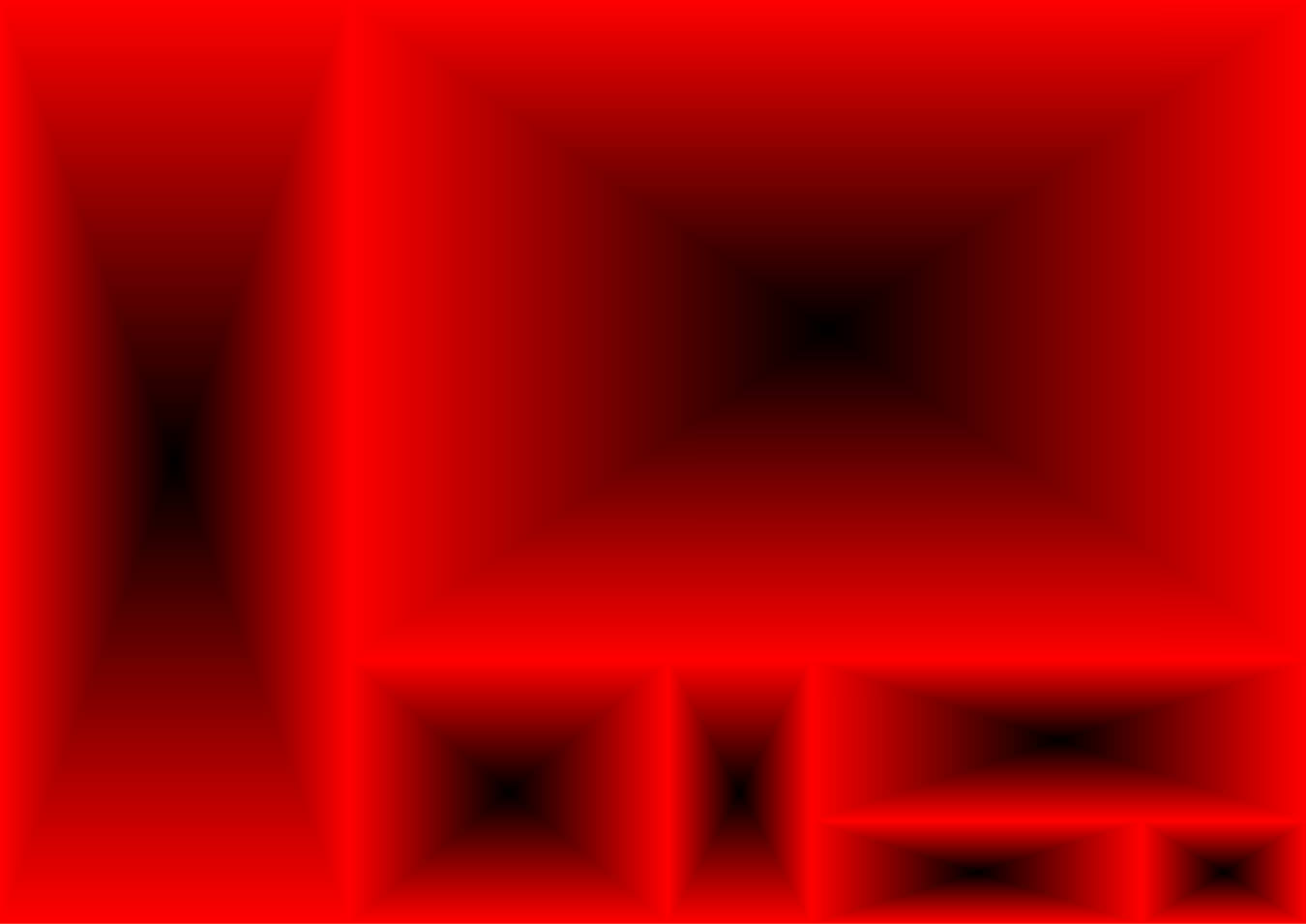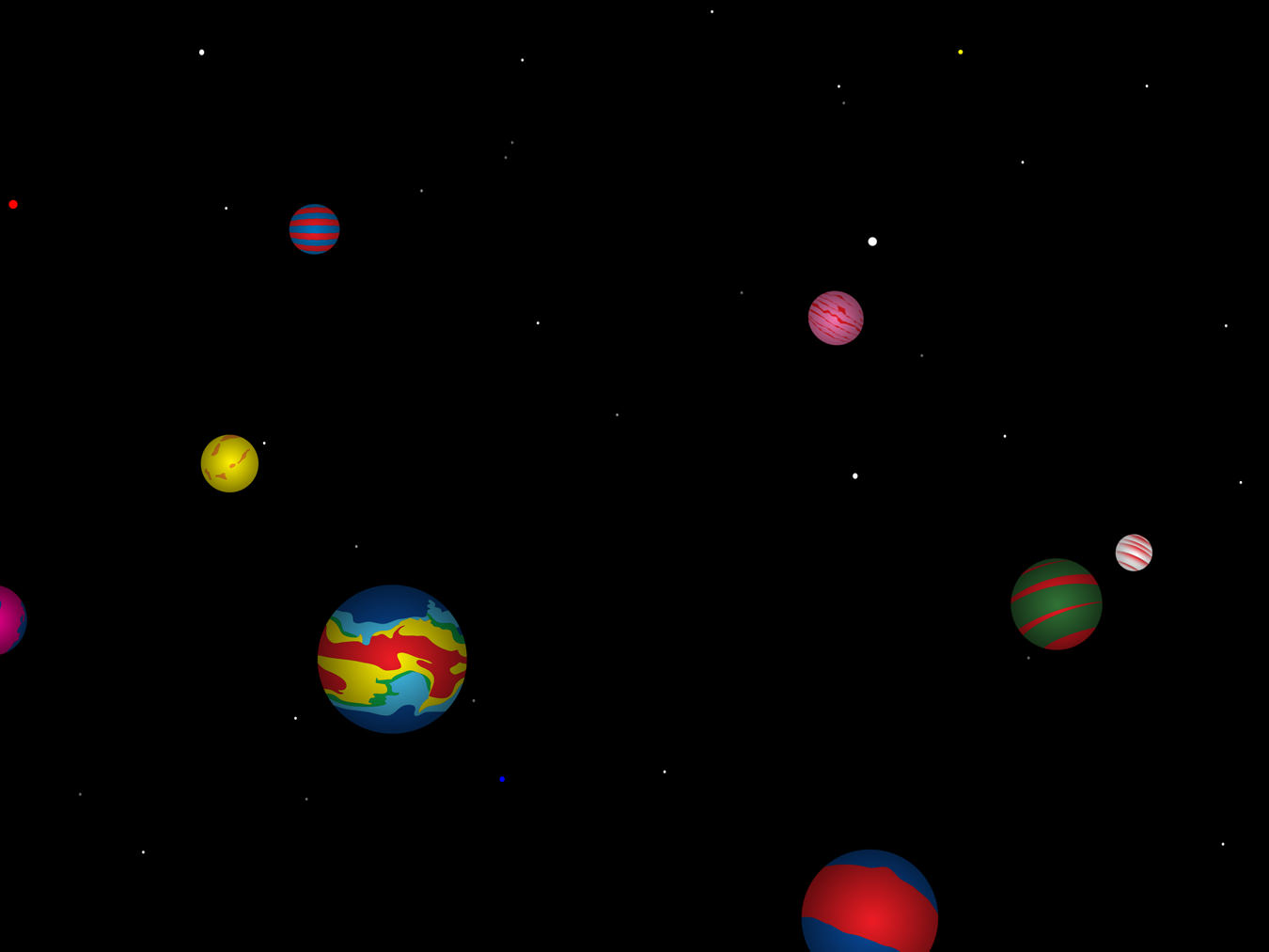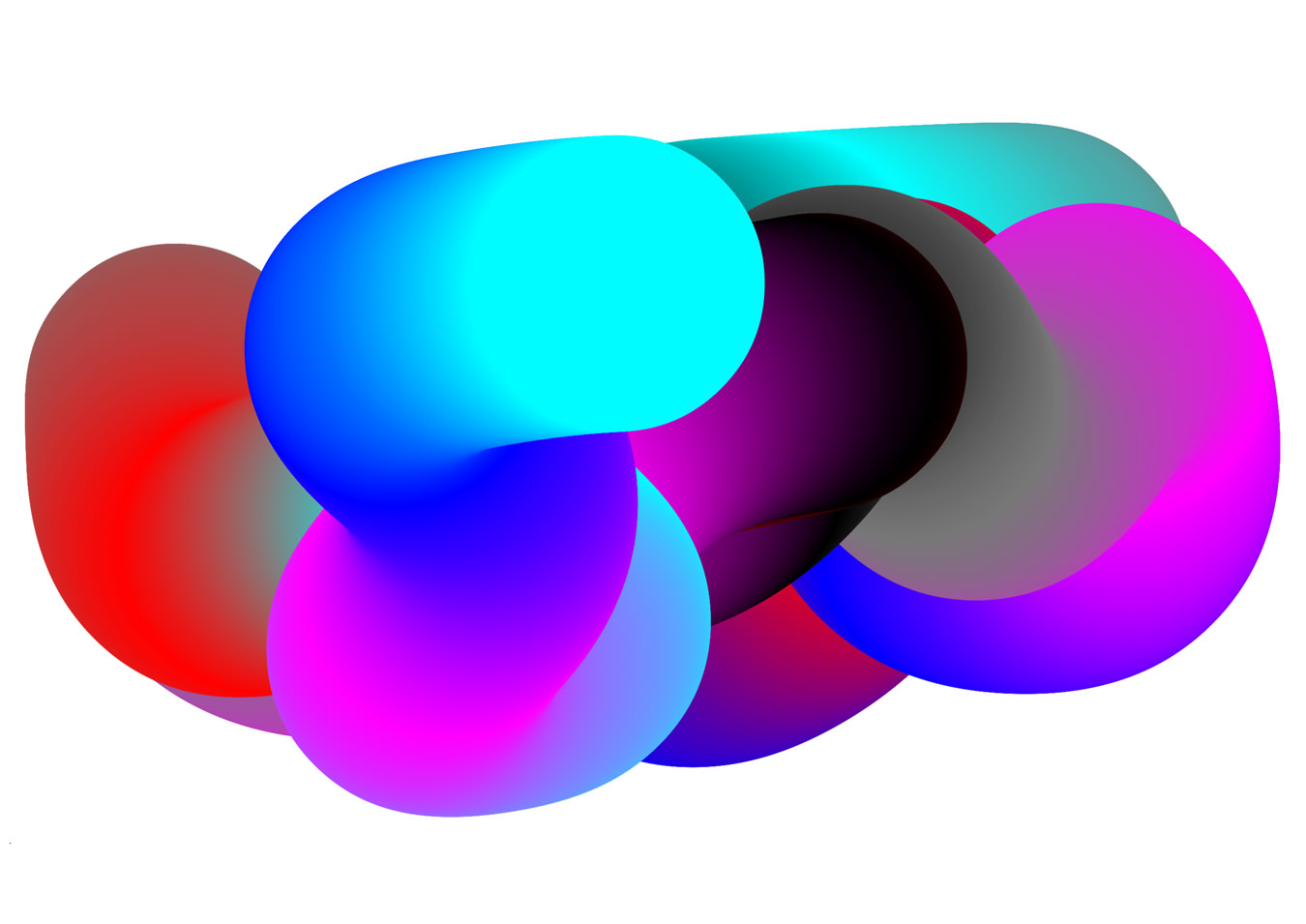It’s 1963. You and your friends are gallery hopping in Wuppertal, West Germany. You enter the Galerie Parnass to view Korean-American artist Nam June Paik’s (1932-2006) first solo exhibition, “Exposition of Music – Electronic Television”. Walking around, you view arrangements of mechanical sound objects, pianos, record players, and audio tape installations, finally coming to a room scattered with television sets, some upside down and some resting on their sides in repose. Closer examination reveals each one is playing a distorted reception of a TV program broadcast. You have just experienced what is regarded as the newly pioneered genre of video art.
While Paik embraced the artistic potential of technology early on and famously stated that he strove “to shape the TV screen canvas as precisely as Leonardo, as freely as Picasso, as colorfully as Renoir, as profoundly as Mondrian, as violently as Pollock, and as lyrically as Jasper Johns”, collecting new media art has a less lengthy history.
What exactly constitutes this type of art? The video installations of renowned Marina Abramović; the sound installations of Tacita Dean; the transparencies mounted in light boxes like those of local art star Jeff Wall—all fall under this umbrella term. American Bruce Nauman forged his way with satirical works crafted in neon signs. Canadian artist Adad Hannah is noted for his time-based media: filmed works described by duration (five minutes, 10 seconds) as opposed to by the traditional height by length by depth. His visually lush, signature tableau vivant videos are art-historical referencing works that feature actors recorded while attempting to remain absolutely still. Another noted homegrown digital artist, Jon Rafman, mines the darker recesses of the internet to explore identity and the potential for the re-invention of self on the dark web.
Rafaël Rozendaal, an internet artist based in New York, uses the web as his canvas; he purchases domain names and crafts websites-cum-artworks that are often interactive or include sound. Sites such as Float Bounce .com can be purchased through his gallery dealers; once bought, the owner’s name appears in the title of the webpage and contractually, the site remains online and accessible to everyone. At turns meditative, pleasing, irritating, and addictive, Rozendaal’s internet-based works raise questions around the notions of art ownership, accessibility, and websites as art. Is this less conventional form commercially viable? Apparently so: in 2013, a collector paid $3,500 USD for one of Rozendaal’s sites at Phillips’s auction of technologically-engaged artwork.
Americans Richard and Pamela Kramlich were amassing this genre long before the big auction houses took notice, though. They have accumulated hundreds of video installations and other new media since the ‘80s, including the early works of Paik and Swiss duo Peter Fischli and David Weiss. Challenges exist with collecting this genre: works often entail complicated installation and may require a great deal of space to display and store. However, the prime challenge is preservation and conservation.
Due to continual advances in technology, deterioration of parts and obsolescence are at the forefront of concerns. As electronics quickly evolve and older models are discontinued, artworks—and their components—are often unable to be repaired and therefore cease to function. Videotapes or cassette films fade, and works incorporating computers can be rendered “historic” in as little as five to 10 years. Issues such as these are a large concern for not only private collectors, but museums, as well. There are less than 12 museums internationally that have a dedicated conservator for time-based media.
The Guggenheim is one of the fortunate ones; with a specialized Media Conservation Lab, staff work to source obsolete equipment such as cathode ray tube monitors for pieces like Paik’s TV Garden. Indeed, Paik has come a long way from his first solo show in Wuppertal: in 2007, his television installation Wright Brothers sold at a Hong Kong auction house for over $600,000 USD.
__________
The finer things: more from our Arts section.


















